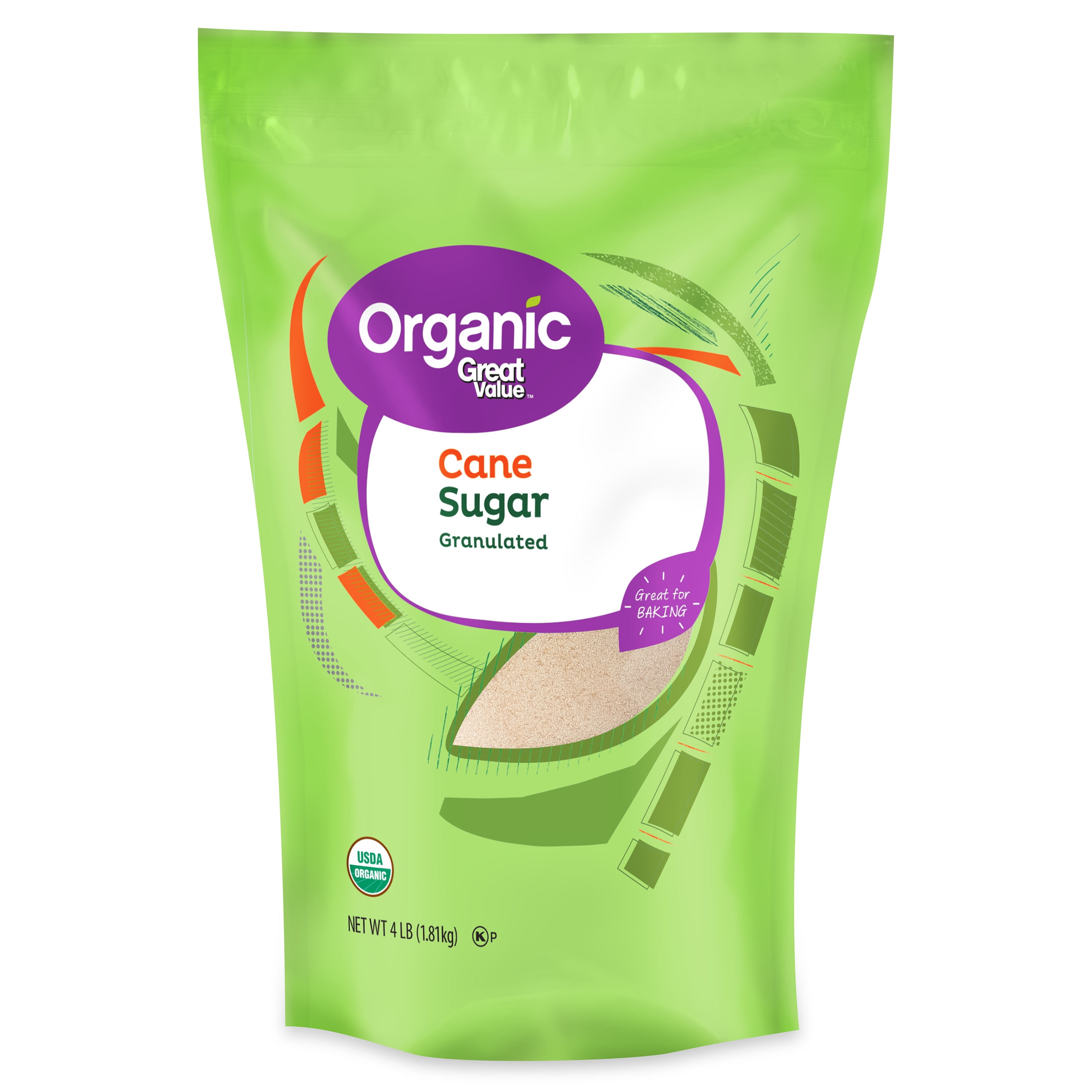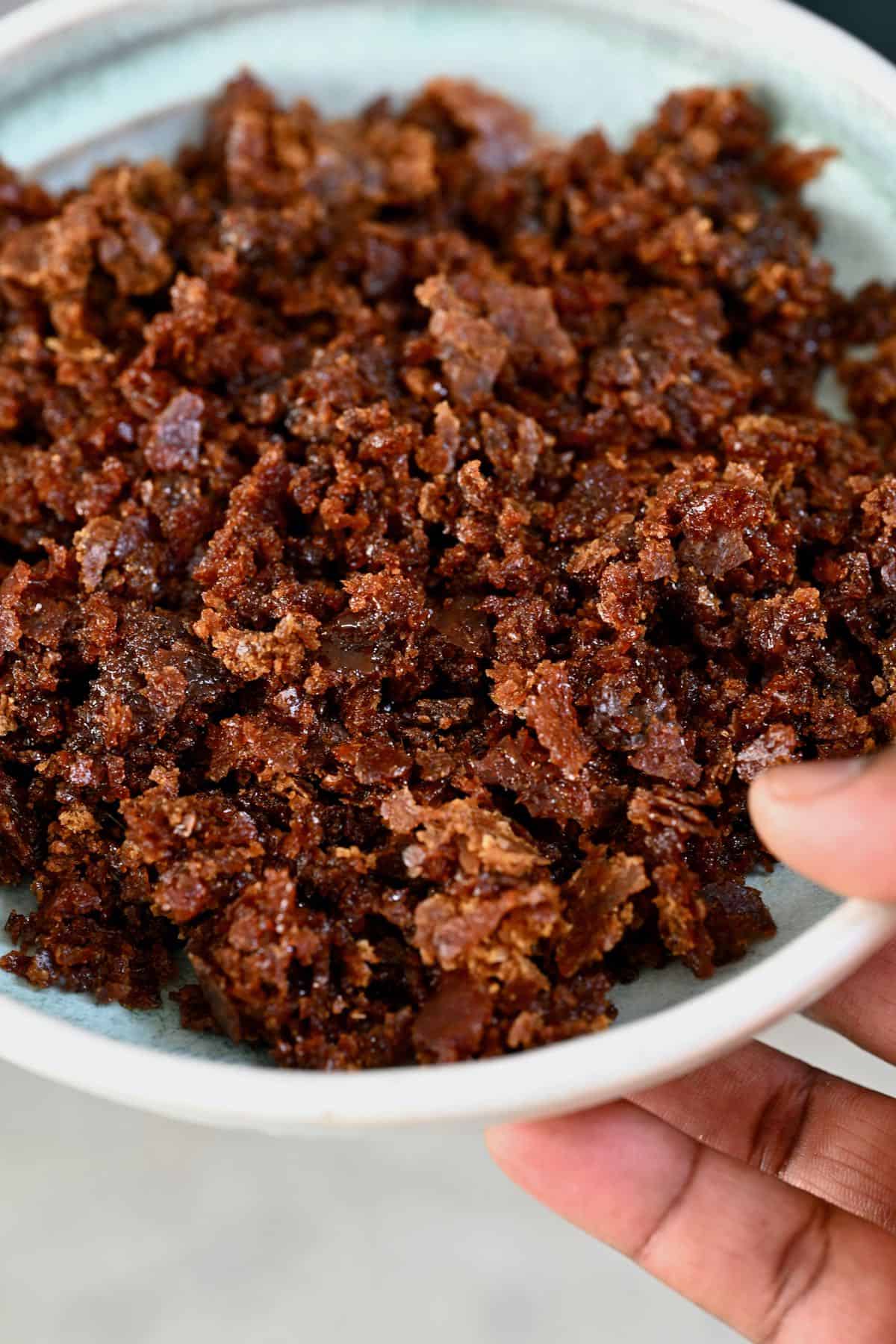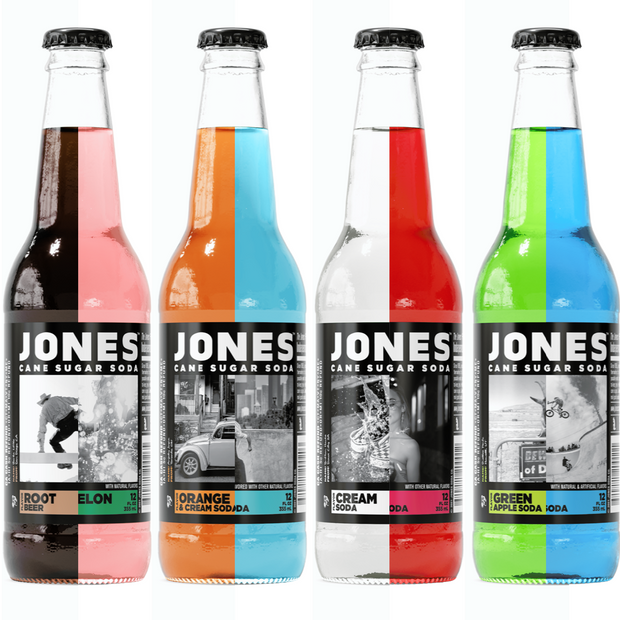Advanced Cane Sugar Processing: Enhancing Performance and Sustainability
Checking Out the Comprehensive Tips Entailed in Walking Stick Sugar Processing From Gathering to Refinement
The process of walking cane sugar production encompasses a series of detailed steps, starting with the cautious harvesting of sugarcane and culminating in the refinement phases that make sure the final item satisfies market criteria. Each stage, from the extraction of juice to the filtration and formation procedures, plays an essential role in identifying the high quality and character of the sugar. Recognizing these stages not just highlights the complexity of sugar manufacturing however additionally increases important questions about efficiency, sustainability, and development in the sector. What ramifications do these variables have for future techniques?
Gathering Sugarcane
Harvesting sugarcane is a critical action in the walking cane sugar handling chain, as it directly affects the quality and return of the end product. Appropriate timing and methods are vital during this phase to ensure ideal sugar web content and reduce losses. Usually, sugarcane is gathered when it reaches maturation, typically 12 to 18 months after planting, characterized by a high sucrose focus.

Post-harvest, the sugarcane needs to be processed quickly to avoid sucrose deterioration. Ideally, gathered walking cane ought to be delivered to processing facilities within 1 day to protect sugar top quality. Consequently, reliable logistical preparation is essential to maintain the stability of the collected plant throughout the supply chain.
Extraction Refine

The smashed cane is subjected to a collection of pressing operations to optimize juice recuperation. Typically, warm water is sprayed onto the crushed walking stick, producing a countercurrent circulation that assists dissolve the sugar while additionally helping in the extraction process. The juice collected from this operation contains not just sugar but likewise numerous organic compounds and contaminations.

To enhance extraction efficiency, some facilities may utilize diffusion approaches, where the sugarcane is taken in hot water, enabling the soluble sugars to diffuse right into the fluid. The resulting juice, rich in sucrose, is then routed to succeeding handling phases, laying the foundation for filtration and improvement. The extraction procedure is hence critical in identifying the quality and yield of the last sugar product.
Purification Techniques
The purification techniques used in walking stick sugar processing are important for changing the raw juice right into a high-quality sugar item. These approaches mainly aim to get rid of pollutants, such as dirt, plant products, and inorganic materials, which can adversely affect the end product's flavor and shade.
This process includes her comment is here including lime and warmth to the raw juice, which assists in the coagulation of contaminations. Additionally, the use of phosphoric acid can enhance the clarification process by additional binding impurities.
One more considerable method is carbonatation, where co2 is introduced to the clarified juice. This response produces calcium carbonate, which captures staying impurities and promotes their removal.
Additionally, turned on carbon therapy may be put on adsorb any kind of staying colorants and natural pollutants, making certain a much more polished item. The mix of these methods successfully prepares the sugar juice for succeeding action in the refining process, establishing the phase for the production of high-grade walking cane sugar.
Formation Techniques
After the purification phase, the next essential action in walking stick sugar handling involves crystallization methods, which play a critical function in changing the made clear juice into solid sugar. This procedure usually utilizes 2 primary approaches: spontaneous formation and regulated condensation.
In spontaneous crystallization, supersaturated sugar options are permitted to cool normally, leading to the formation of sugar crystals over time. This approach allows for the consistent development of sugar crystals and higher pureness.
Throughout condensation, the cleared up juice is concentrated through evaporation, raising its sugar material up until it reaches supersaturation. When this point is attained, either method can facilitate the crystallization process. Cane Sugar Processing. The resultant sugar crystals are then separated from the remaining syrup with centrifugation
Inevitably, the option of formation approach affects the top quality, dimension, and purity of the last sugar product, making this action vital in the general walking stick sugar processing procedure.
Improvement and Product Packaging
Exactly how can the pureness and quality of walking stick sugar be better enhanced after formation? The improvement procedure plays a crucial role in achieving high-quality walking read this post here cane sugar. Following condensation, sugar undergoes a comprehensive cleaning to get rid of contaminations and residual molasses. This is usually accomplished making use of warm water or steam, which helps dissolve and remove undesirable components while maintaining the sugar crystals.
Following, the sugar is subjected to a process called centrifugation, where it is spun at broadband to separate the purified sugar crystals from the continuing to be liquid. After centrifugation, the sugar is frequently additional improved through a method called carbonization or phosphatation, which makes use of triggered carbon or phosphoric acid to remove color and off-flavors.
Once refined, the sugar is dried out to accomplish the wanted dampness web content, making sure that it remains stable during storage space and transport. The final step involves product packaging the polished sugar in moisture-proof and closed containers to maintain its top quality and prevent contamination. Cane Sugar Processing. Correct packaging not just extends life span but likewise facilitates easy handling and circulation, making sure that consumers obtain sugar that meets the greatest criteria of purity and quality
Conclusion
The detailed steps involved in cane sugar processing, from the meticulous harvesting of sugarcane to the intricate refinement and product important source packaging phases, emphasize the value of each stage in making sure premium sugar production. Optimal harvesting methods, reliable extraction techniques, and rigorous filtration processes jointly contribute to the last item's pureness and security. The condensation and succeeding product packaging techniques even more boost the integrity and life span of the sugar, highlighting the complexity and precision integral in this vital agricultural sector.
The process of cane sugar production encompasses a collection of complex actions, starting with the mindful harvesting of sugarcane and culminating in the refinement phases that ensure the final item fulfills sector requirements. Preferably, collected walking stick must be transported to refining centers within 24 hours to preserve sugar top quality.In spontaneous crystallization, supersaturated sugar solutions are allowed to cool normally, leading to the development of sugar crystals over time - Cane Sugar Processing. The refinement process plays a crucial duty in achieving top notch cane sugar.The extensive actions involved in walking stick sugar processing, from the precise harvesting of sugarcane to the elaborate refinement and packaging phases, highlight the importance of each phase in making certain premium sugar production